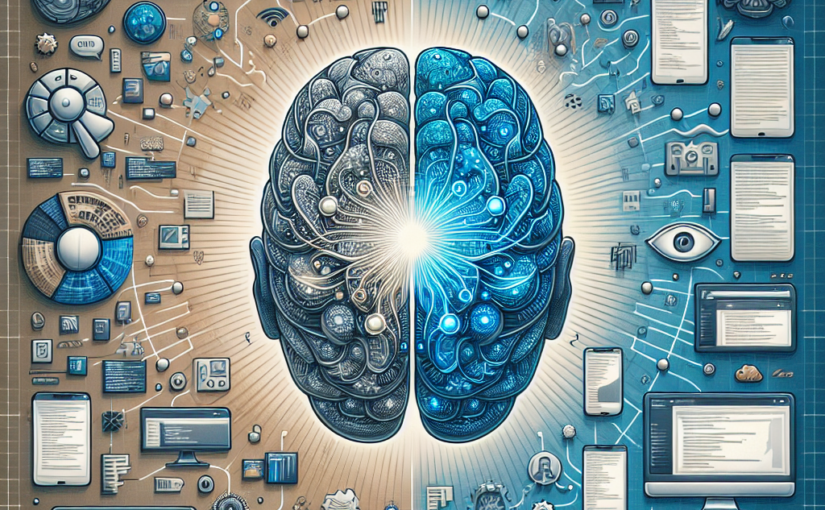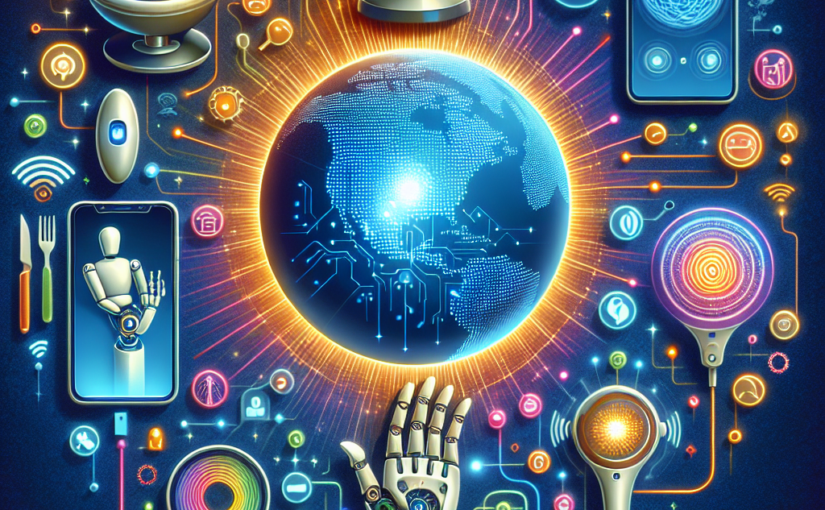The landscape of website development has undergone a dramatic transformation with the integration of artificial intelligence. From automated coding to personalized user experiences, AI is reshaping how websites are built, maintained, and optimized for success.
The Power of AI in Modern Web Development
Traditional website development often involved time-consuming manual processes and limited personalization capabilities. Today, AI-powered solutions are streamlining these processes while delivering remarkable results. Website builders equipped with AI can now generate entire sites based on simple user inputs, dramatically reducing development time and costs.
Key Benefits That Cannot Be Ignored
The integration of AI in website development offers several game-changing advantages:
• Faster Development Cycles: AI automation accelerates coding and testing processes
• Enhanced Personalization: Real-time user behavior analysis enables tailored experiences
• Cost Efficiency: Automated processes reduce development and maintenance expenses
• Data-Driven Decisions: AI analytics provide actionable insights for optimization
• Improved User Experience: Dynamic content adaptation based on user preferences
Finding the Perfect Balance
While AI brings powerful capabilities to website development, human creativity remains irreplaceable. Successful websites combine AI efficiency with human insight in several ways:
1. Using AI for data analysis while maintaining human oversight for creative decisions
2. Implementing AI-generated content alongside human-crafted messaging
3. Leveraging automated testing while keeping user needs at the forefront
4. Ensuring brand consistency through human guidance
The Future of Web Development
Modern websites increasingly rely on AI-powered tools such as:
• Intelligent website builders
• Automated design assistance
• AI-driven content generation
• Smart chatbots
• SEO optimization tools
• Predictive analytics
These technologies are delivering impressive results, with studies showing AI-powered personalization can increase conversion rates by up to 30%.
Important Considerations
While embracing AI in website development, it’s crucial to:
• Maintain a balance between automation and human touch
• Address data privacy concerns
• Ensure accessibility for all users
• Preserve brand authenticity
• Monitor AI-generated content quality
The integration of AI in website development represents a significant step forward in creating more efficient, personalized, and effective online experiences. By combining AI capabilities with human creativity, businesses can build websites that not only meet technical requirements but also deliver meaningful connections with their audiences.


